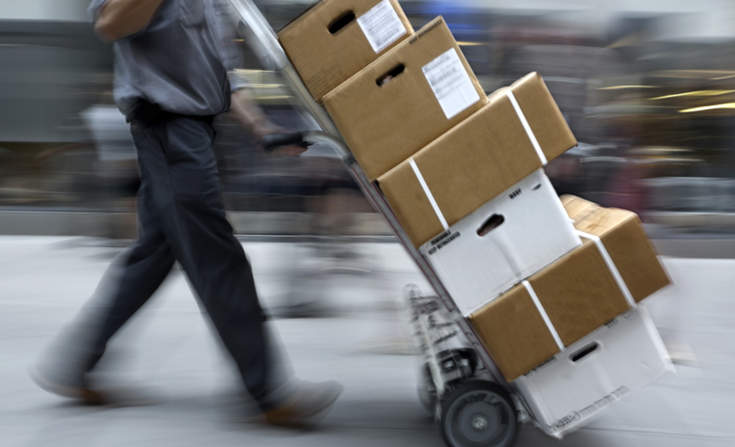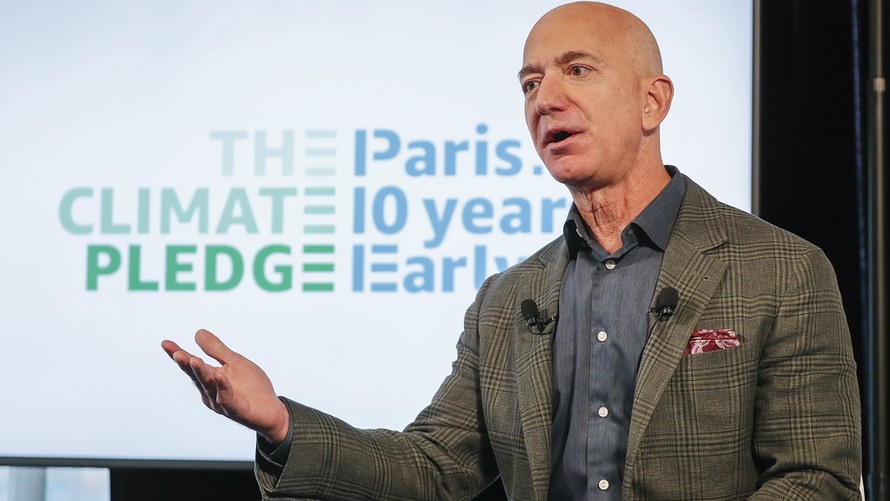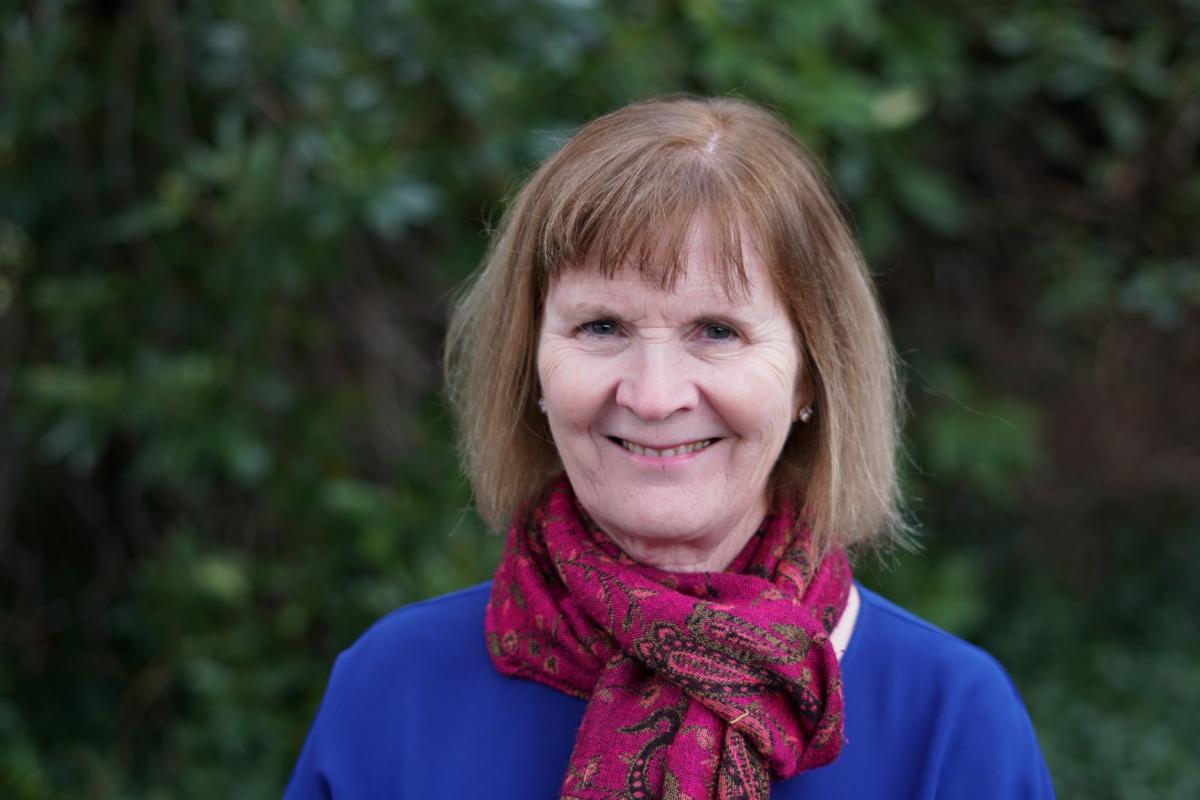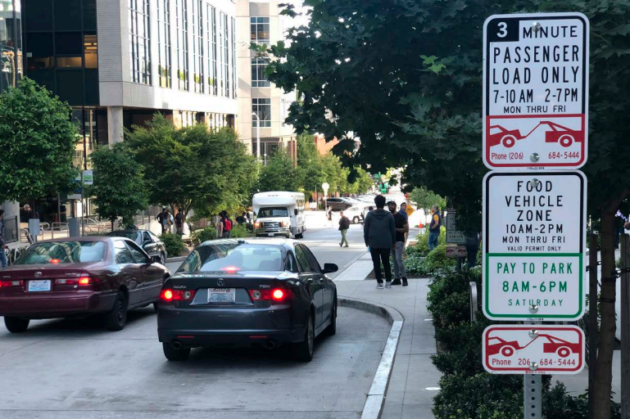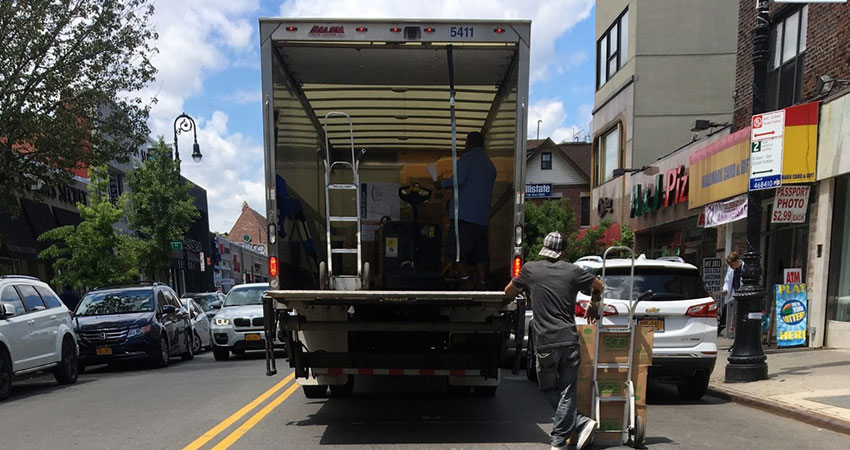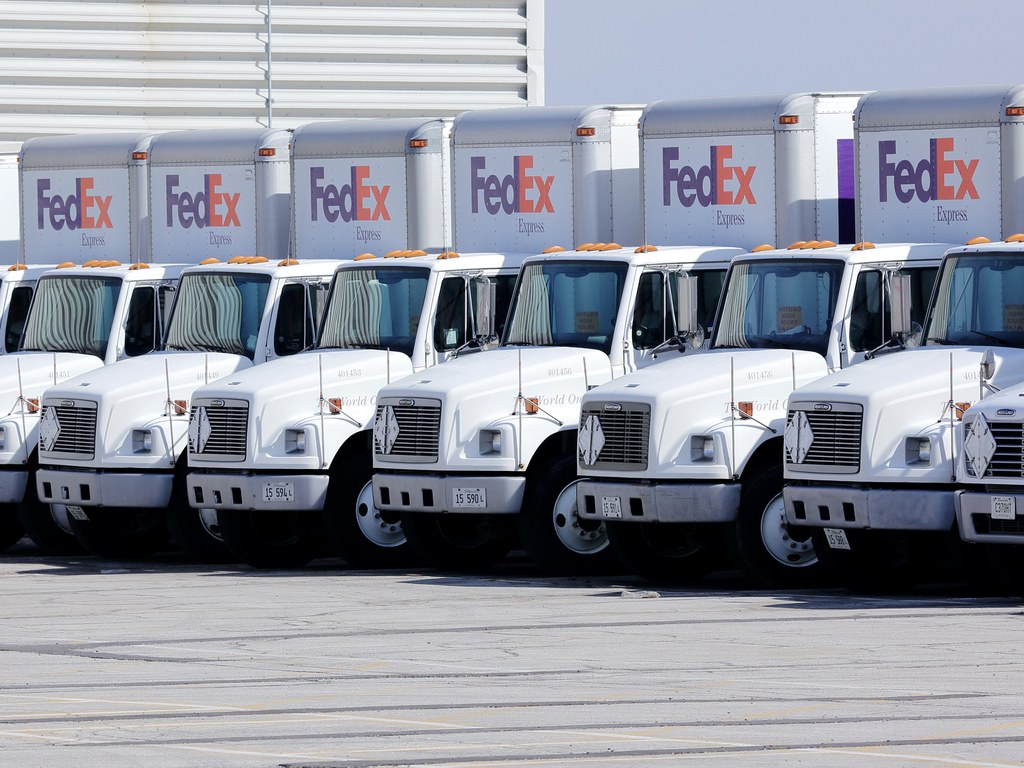In the Media
It is argued by some that ride sharing pickups slow traffic on busy streets. Maybe so, but the solution is to expand the city’s pilot project on Boren Avenue for pick up and drop off curb space to Fourth Avenue and other downtown locations based on recommendations from ride share drivers and University of Washington Urban Freight Lab research.
“As we move towards faster delivery, it gets harder to consolidate,” Anne Goodchild said. “When we’re not paying some sort of personal cost for the trip, I think it’s easy to overlook how much travel we’re adding.”
Packed with automotive and logistics giants, the living lab out of Seattle aspires to test solutions to “the transportation challenge of our time.”
According to Anne Goodchild, director of UW’s Supply Chain Transportation and Logistics Center in Seattle, research shows about 80–90% of delivery drivers’ time in urban areas is spent on foot, searching for the right apartment or office, riding up and down elevators and haggling at reception desks where employees don’t want to be responsible for the flood of boxes.
Climate-watchers show some skepticism as disclosure by Jeff Bezos and company has disappointed in the past. Anne Goodchild’s research is mentioned.
UW researchers studied how Americans’ ideas about the cost of commute time change based on who’s driving to them work.
For businesses that make city deliveries, the challenge isn’t so much the last mile as the last 50 feet, starting with the battle for parking space. Barbara Ivanov and the Urban Freight Lab are looking for ways to ease the pain.
It’s a common complaint: Uber and Lyft drivers in some of the most congested parts of Seattle stop in the middle of the road to pick up or drop off passengers, slowing traffic even further. A new University of Washington study explored is increasing curbside passenger loading zones where drivers could pull in, drop off or pick up riders, and take off — saving time and reducing aggravation on the road.
Keeping traffic flowing in Seattle is not an easy feat, especially when you factor in the stop-and-go maneuvering of ride-hailing vehicles such as those run by Uber and Lyft. Urbam Freight Lab researchers tested a way to ease the congestion.
“My sense is that these websites are just trying to capture the demand that is now going to the traditional rentals,” said Professor Apurva Jain. “I am not yet seeing a good case that they are ready to try for the potentially new, untapped demand.”
By Spencer Soper and Emily Biuso
For years, critics have accused Amazon.com Inc. for not doing enough to curb its impact on the environment—and recently, a group of Amazon employees joined in to try to force the issue by filing a shareholder resolution. This week on Decrypted, Bloomberg Technology’s Spencer Soper takes us inside the uprising. And he’ll also ask which is worse for the planet: driving to the store ourselves, or having everything delivered to us?
By getting more people out of their personal cars and into more efficient modes — bikes, scooters, shared rides, and public transit — we believe we can help cities make more productive use out of their limited urban space. That’s why we’re proud to have supported recent research conducted by the University of Washington’s Urban Freight Lab and Sustainable Transportation Lab in cooperation with the Seattle Department of Transportation on how to improve traffic flow in Seattle’s South Lake Union neighborhood.
According to Anne Goodchild, a professor and the founding director of the Supply Chain Transportation and Logistics program at the University of Washington, large trucks make sense in an older supply chain model, where you build large warehouses far outside cities and then truck packages in. This cute cargo e-bike is the latest experiment from delivery companies to utilize the air, the sidewalk, and the bike lane—anything but the street itself—to get packages to you faster.
The Urban Freight Lab at the University of Washington’s Supply Chain Transportation and Logistics Center in Seattle plans to expand a pilot program of shared automated locker systems in 2020, locating them in public and private load/unload spaces near transit stops.
Everyone vies for curb space: taxis, Ubers, delivery trucks, buses, bicycles, and residents. Seattle and the University of Washington have a research consortium—which includes Ford, GM, Nordstrom, PepsiCo, and others—dedicated to researching how to move goods “the final 50 feet” between the curb and a home or store.


